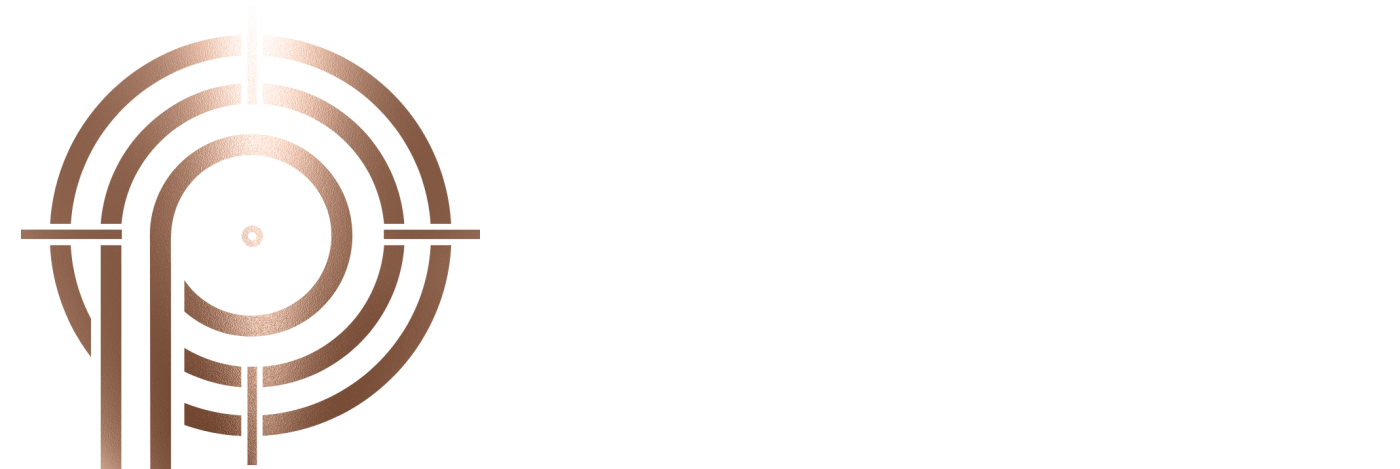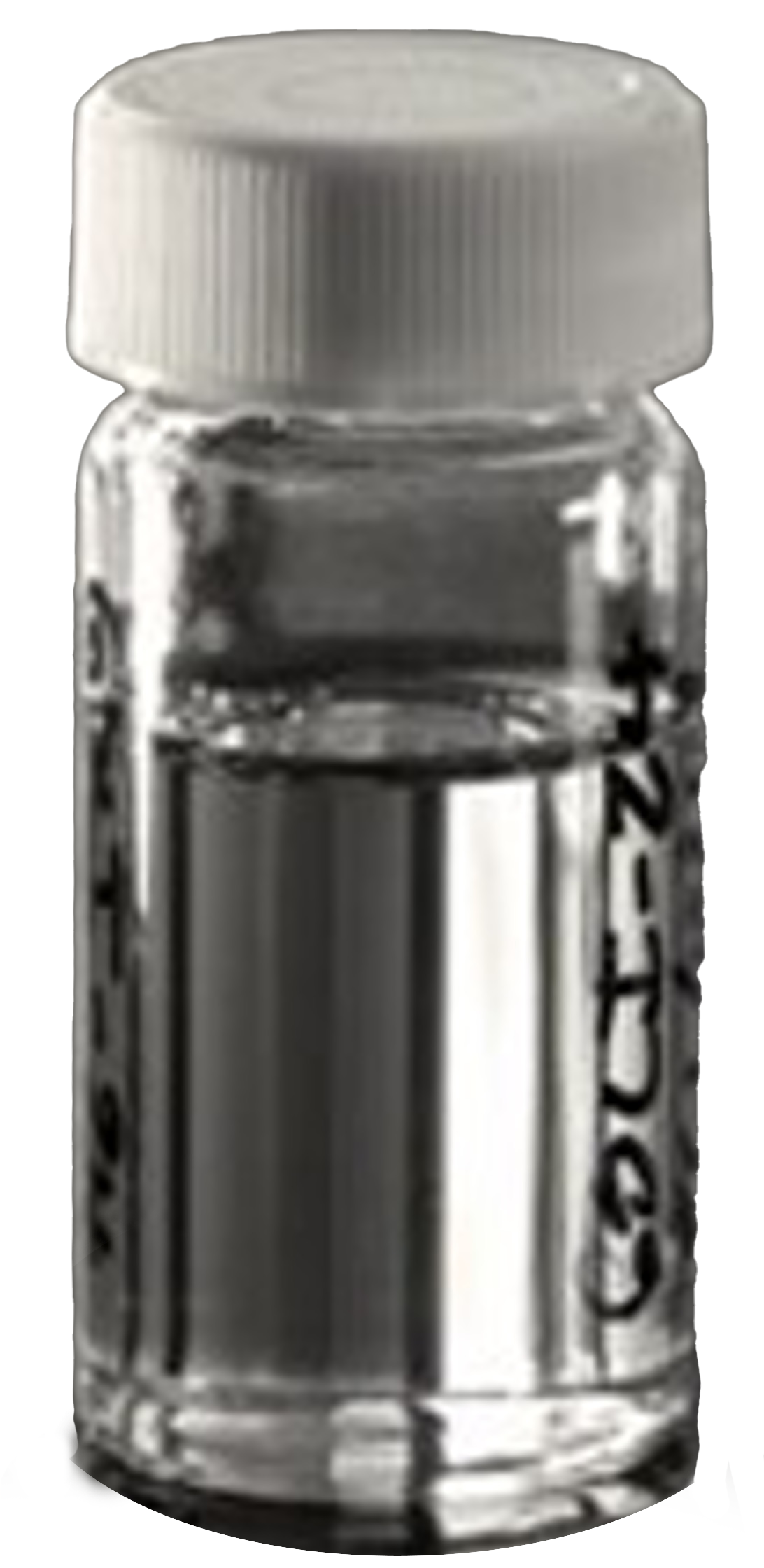Our Technology Starts With Advanced Materials
Precision Circuit Technologies brings advanced high-performance materials to our ultra high-density circuit fabrication technology. Using high-performance materials like Liquid Crystal Polymer (LCP) and particle-free metallized inks with our patented additive and semi-additive (SAP) processes allows us to create miniaturized circuitry with unmatched performance, reliability and signal integrity.







